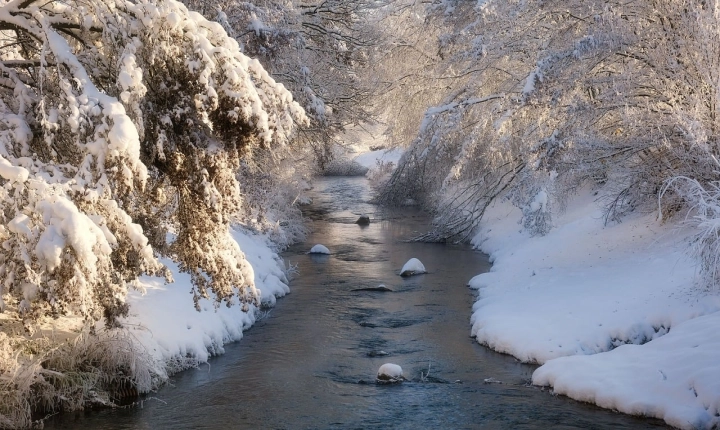Title: A Beginner’s Guide to Creating AI Digital Art
Introduction
In recent years, artificial intelligence (AI) has made significant advancements in the field of digital art, revolutionizing the way we create and appreciate art. With the help of AI, artists can now leverage innovative tools and techniques to produce stunning and unique artworks. In this article, we will explore the basics of creating AI digital art, and provide a step-by-step guide for beginners to get started in this exciting field.
Understanding AI and Digital Art
AI digital art refers to the use of artificial intelligence technology to generate and manipulate visual art. This can involve a wide range of techniques, including image generation, style transfer, and automated composition. AI is capable of learning from vast datasets of existing artworks, and then creating new pieces based on this acquired knowledge.
Getting Started with AI Digital Art
To begin creating AI digital art, it’s important to familiarize yourself with the tools and software available for this purpose. There are various platforms and applications that cater to artists interested in exploring AI-generated art, such as DeepArt, Runway ML, and Adobe Photoshop with AI-powered plugins.
One of the most popular techniques for creating AI digital art is style transfer, which involves applying the visual style of one image to another. This can be achieved using neural network-based algorithms, which analyze the content of an image and then apply the stylistic elements of another image to create a new composite artwork.
Another approach to AI digital art involves training generative adversarial networks (GANs) to produce original pieces based on a given dataset. GANs are comprised of two neural network components – a generator and a discriminator – that work together to create new, realistic-looking images.
Step-by-Step Guide to Creating AI Digital Art
1. Choose a Platform: Select a platform or software that offers AI-powered tools for creating digital art. Consider factors such as ease of use, available features, and compatibility with your artistic workflow.
2. Gather Inspiration: Explore existing AI-generated artworks to gain inspiration and insight into the range of possibilities offered by AI technology.
3. Experiment with Style Transfer: Begin by experimenting with style transfer techniques, using different images and styles to create unique compositions. Adjust parameters such as style strength and content weight to fine-tune the results.
4. Train GAN Models: If you’re interested in creating original AI artworks, consider delving into the world of generative adversarial networks. Train a GAN model using a dataset of images, and experiment with generating new art based on the learned patterns and styles.
5. Refine and Iterate: Continuously refine your techniques and experiment with different approaches to AI digital art. This may involve combining AI-generated elements with traditional artistic processes, resulting in hybrid artworks that showcase the best of both worlds.
Closing Thoughts
AI digital art represents a groundbreaking fusion of technology and creativity, offering endless possibilities for artists to explore new visual styles and techniques. As AI continues to evolve, so too will the potential for creating captivating and innovative artworks. By embracing AI technology and experimenting with the tools and methods available, artists can expand their creative horizons and contribute to the growing field of AI digital art.
